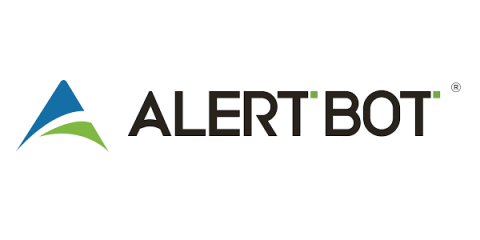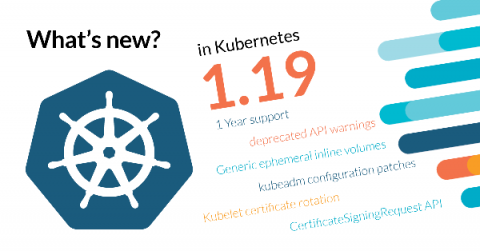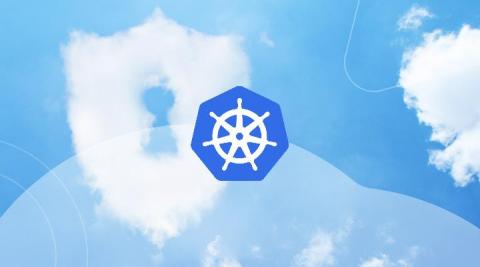The Power of Open Source Software: Rancher Academy Issues 1,000th Certificate
The Rancher Academy launched on May 15, 2020. Here we are, 94 days later, and we’ve issued our 1,000th certificate to a graduate of the Certified Rancher Operator: Level 1 course. Rancher is open source software, so anyone can download it and use it. With that freedom, though, comes a cost: we all learn how to use it according to how we need to use it. Through this lens, the actual potential of Rancher becomes distorted, and the experience of each individual varies widely.











